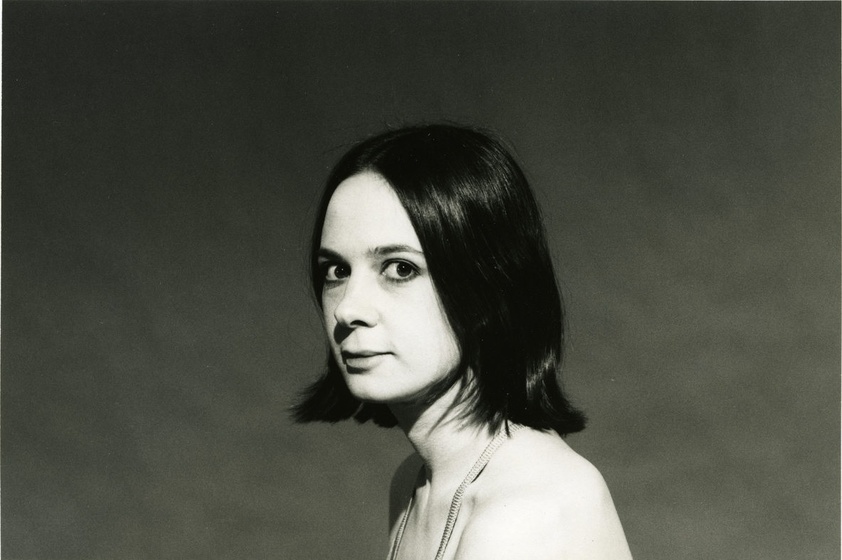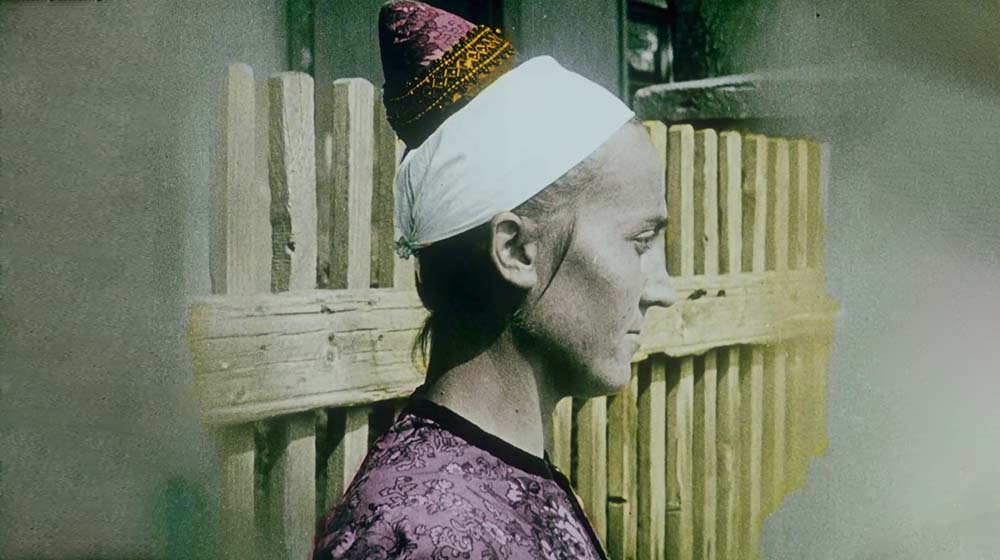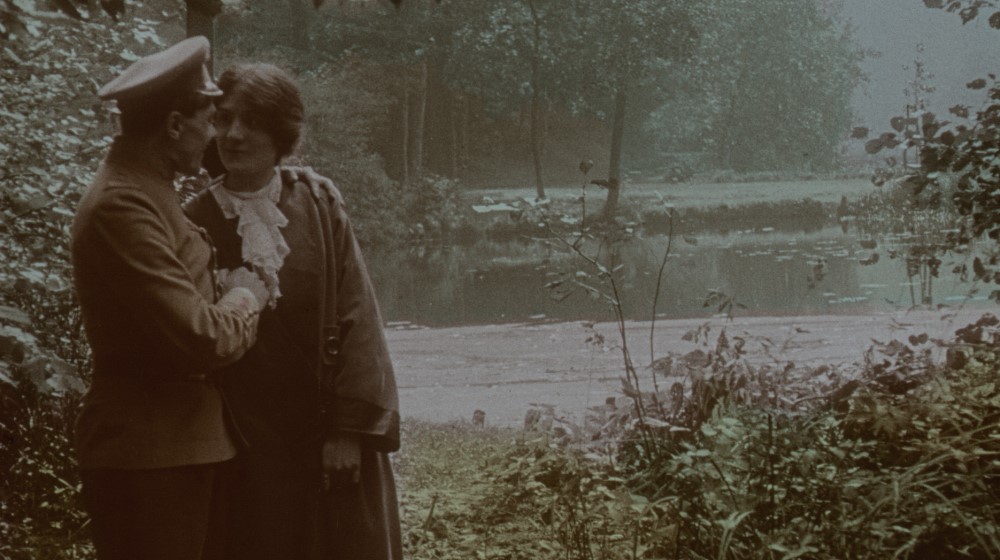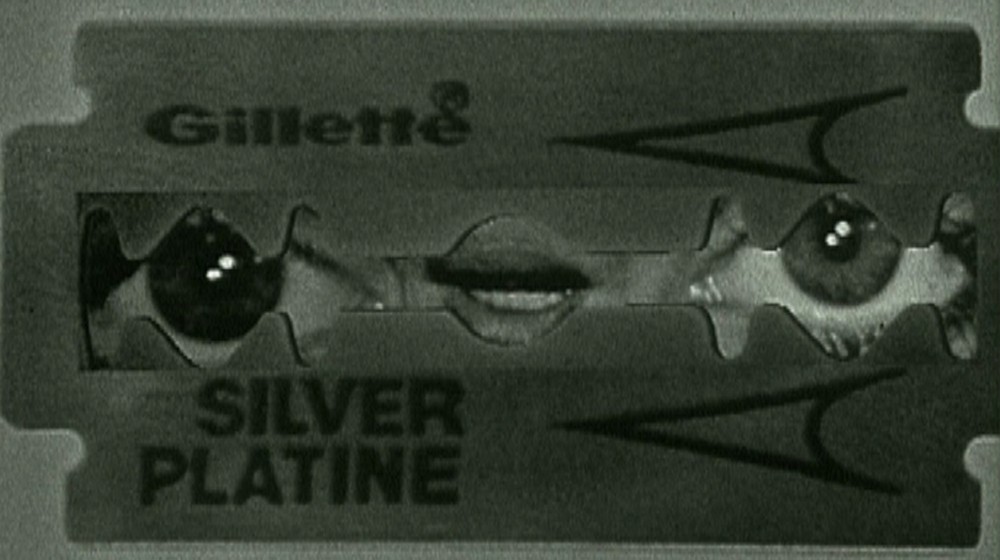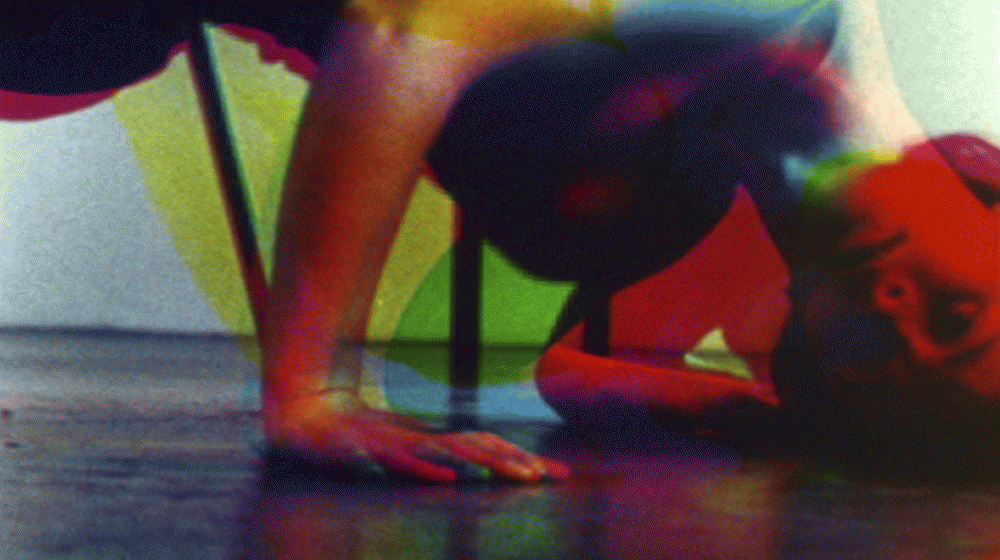During the 1960s, at the height of the Nouvelle Vague, Babette Mangolte (1941) was a regular at the French Cinémathèque in Paris, seeing everything she could and cultivating her love of the cinema. Particularly impressed by the silent films of the 1920s such as those made by Murnau and Epstein, among others, it was Dziga Vertov’s Man with a Movie Camera (1929) that convinced her to become a cinematographer and study the craft. This film trained her eye to see and influenced her approach to making films. The concept of kino-pravda (film-truth) taught her that, in film, “how you see and what you see are constructs that can be played with. There is no film reality that is not faked, but what you can fake has to be true”. Another important filmmaker for Mangolte was Jean Rouch and both his writings on cinéma vérité as well as his films showed her “how problematic and subjective the film camera can be. Objectivity, if desirable, has to be built. It is not a given”. In 1966, after graduating as a cinematographer from L’École Nationale de la Photographie et de la Cinématographie, she realised how difficult it was for a woman to find work as a cinematographer among film crews in the French film industry. So she taught herself how to edit and worked as an editor until Marcel Hanoun invited her to become an assistant cinematographer on his films from 1968-69, later giving her the chance, in L’Automne (1971), to work on her first feature as director of photography.
In the late 1970s, Babette Mangolte travelled to New York, driven by curiosity for Michael Snow’s Wavelength (1967) and in search of more opportunities as an aspiring filmmaker. Fascinated by the city, she became part of its vibrant art scene, absorbing the work of the many experimental filmmakers screened at the Anthology Film Archives, as well as the work by other artists around her who were connected with the performing arts and a continuous source of inspiration for her creations. This was a time when people from different disciplines would collaborate with each other, fostering innovation. Captivated by Richard Foreman’s ‘Ontological-Hysteric Theater’, she began to regularly photograph his rehearsals and performances in order to comprehensively chronicle the various productions. From that time onwards, photography played a crucial role over the years and she documented the work of artists she was interested in, from experimental theatre, post-modern dance and downtown New York performance. Mangolte sought a certain objectivity in creating these photographs; she wanted to capture the “context around the action” and “project an ideal notion of the aesthetics of the piece” although she also valued her own reactions and instincts regarding the piece. Here “the truth of the photograph lay in not betraying the other” and in tackling the ‘subjectivity’ that had conceived and shaped the show.
Shortly afterwards, she shot two films for the dancer, choreographer and filmmaker Yvonne Rainer, Lives of Performers (1972) and Film About a Woman Who... (1974). Both reflect on the presence of the camera within a choreography. Almost at the same time, Chantal Akerman came into contact with Babette. Akerman had just arrived in New York and was looking for a cinematographer to direct her first feature film. “We had a common goal of making films that would reflect the world in which we lived. We shared a sense of being ignored, and we realized that, if we worked together, we could maybe communicate experiences that had not yet been told. We discussed the need to invent our own language devoid of references to a world dominated by men. We discussed what we could and should while immersing ourselves in New York’s creative ebullience,” explained Mangolte years later. A strong bond was established between the two filmmakers. Mangolte was the photographer for Akerman’s New York films, La chambre (1972), Hotel Monterey (1972) and News from Home (1976), characterised by their formal precision and an interest in the passing of time; while in Europe they collaborated on Jeanne Dielman, 23, Quai du Commerce, 1080, Bruxelles (1975), presenting their ideas on what it means to be a woman. Their collaborative work left an indelible mark on the feminist cinema of the 1970s.
Just as Mangolte had introduced Akerman to experimental filmmaking, Akerman encouraged Mangolte to make her own films. In 1973, Babette began filming in a fragmented, improvised way, without a script, with just a common thread inspired by a story by Henry James and “a desire to ‘see differently’”. Finding the structure and putting together the various shots took two years of editing, a long intellectual process that brought Mangolte to her first film, What Maisie Knew (1975), about a girl who looks at the world of the adults around her and where the point of view is that of the girl, whom we never see. Mangolte’s subsequent projects (made using other more traditional methods) featured women in their creative process, a self-portrait of a photographer (the filmmaker herself) in The Camera: Je or La Caméra: I (1977) and a portrait of a young female painter in The Cold Eye (My Darling, Be Careful) (1979), “A ‘narrative’ film centered on young artists living in New York City around 1979. The film is about a certain stage in the development of a young artist confronting the real world in terms of her own idealistic notions of what art is supposed to do”. For Mangolte these three films make up a triptych on the use of the subjective camera, conveying a direct experience of the female protagonists’ actions, whom we never see. As spectators, we are their eyes. When someone speaks to the camera (or the screen), it could be the female protagonists they are addressing or ourselves, challenging our position as impartial observers and displacing any identification with the actors, thereby breaking with the foundations of classical cinema. This unique perspective on the world “is an imposition that forces the film spectator to be self-conscious about the act of viewing”. Mangolte may film the everyday but she’s not a realist filmmaker interested in telling a story but rather in inventing “a new relation between spectator and screen”, in “thinking about the picture outside of language”.
Shot in New York by the same team as Akerman’s News from Home, the film The Camera: Je or La Caméra: I was made after a long period of work and reflection on the medium of film and photography. Mangolte’s intention was to make a conceptual, structuralist film that would analyse her experience as a photographer without any anecdotal or psychological basis; a deconstruction of her practice based on scientific observation. By using the camera subjectively, she analytically explores the specific features of her creative process and communicates what she saw when she was behind her camera, taking pictures. The film is divided into three parts, the first focusing on photographing a series of studio portraits, the second on snapshots of Manhattan’s city landscape, and the third discussing the ideas underlying these images and their production and exhibition context. In this last part, Mangolte “needed the film to leave subjectivity behind, to establish an objective look” for the work in order to interpret the many different photographs and think about the piece. “The examination of a practice ‘after the act’ gives the false impression that, above all, shooting photographs is about control”. However, for Mangolte it meant giving up control, moving away from any reasoning and being intuitive. “Shooting photographs requires improvisation, daring, and immediacy. Those qualities are the opposite of what you need for filmmaking where long term planning and a conceptual grasp of what you want to do are all important. Unlike photography, filmmaking is not primarily a reaction to an event. As a photographer I wanted to be fresh, uncontrolled and free of preconceptions. In many ways being both a photographer and a filmmaker is a schizophrenic activity. Filmmaking requires control and foresight, while photography requires freedom of thought and breaking the rules. I consider my art practice as evolving as my perception changes. At the core is my eye”.
Text by Oriol Sánchez based on quotations by Babette Mangolte from Selected Writings, 1998-2015, Sternberg Press, New York, 2017.
